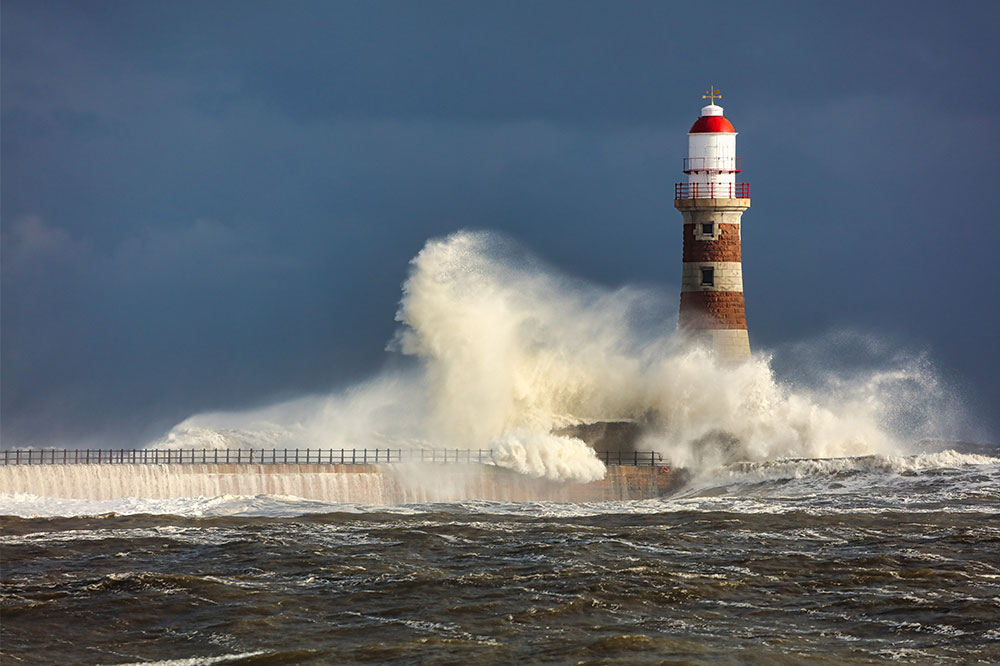
Everything you need to know about tropical storm Elsa
The National Hurricane Center officially named a tropical storm that formed over the Atlantic earlier this week. Storm Elsa is by far the largest of five massive hurricanes in Florida, beating the record formation of storm Edouard in July of 2020. Warnings have been issued for major locations in the storm’s path, starting from the Caribbean, going all the way down to Key West, Naples, and Miami, along the southern coast of Florida.
Preparing for the hurricane season: Key points to consider
With the increasing possibility of Storm Elsa strengthening into a category 1 twister (wind speed 74mph to 95mph), residents inland must consider the following points.
- Major hazards affecting land locations in the path of the Elsa storm include high-speed winds, possibly along the Lesser Antilles, Dominican Republic, Haiti, and parts of Jamaica coast to coast.
- In addition to gale force weather, residents can expect anywhere between 3 to 10 inches of rainfall recorded in a single day, starting Friday along the coast of Barbados, Puerto Rico, and Hispaniola.
- A storm surge warning for possible flash floods has also been issued as high tide inward can raise water levels by up to 3 feet in these coastal locations.
Here is what you can do to secure your home and stay protected during a tropical storm.
- Preparing the outdoors
Homeowners living along the coast with backyard gardens and surrounding greenery should consider trimming down all trees, uproot dead vegetation, and clear out a path for rain gutters and spouts. Storm Elsa boasts average speeds of 65mph, so it is a good idea to clear up anything that can be uprooted by gale-force winds. Owners can hire professional services to perform quick repairs and replace elements around the house that protect from heavy winds and storms. - Perform a home inspection
Hire a structural engineer to perform an inspection of the building foundations. Most homes are made of wood, so it pays to double-check the foundations, flooring, and roofing. The inspection will also be beneficial for insurance purposes as claims for such homes are processed quickly. - Make a note of inventory
Get busy clicking pictures of everything you own in and around the house to update your inventory. This will be of help when it is time to claim for damages and replacements on your home insurance. An inventory will allow insurance investigators to accurately track and value property that is worth thousands of dollars. - Secure vehicles
Move-in and secure all vehicles inside the garage. Anything that is not secured when the tropical storm hits can be sucked into the vortex and tossed around, making it life-threatening for residents in the vicinity. - Check all electrical equipment
Hurricanes will wreak havoc on the electrical supply. The chances of experiencing power fluctuations before eventually getting cut out will be high. So, it pays to install surge protectors well in advance. Invest in a decent power generator that can run essential equipment during a power outage. Buy enough fuel to last at least a week so that the generators can run continually for light and fan installations. - Stock up on food and supplies
Get rid of all perishables and stock up on dry supplies and plenty of water. Access to the nearest convenience stores may be shut out till rescue and recovery operations commence. It is advisable to load up on essentials and just ride out hurricane Elsa.
Have a disaster kit for every individual in the house. This should include several gallons of water, a three-day supply of food, a hand radio, flashlight, first aid medical supplies, whistle, rain gear, can opener, and a cell phone. In case of an evacuation situation, follow the instructions of authorities to the letter.
- Previous Post
- Next Post